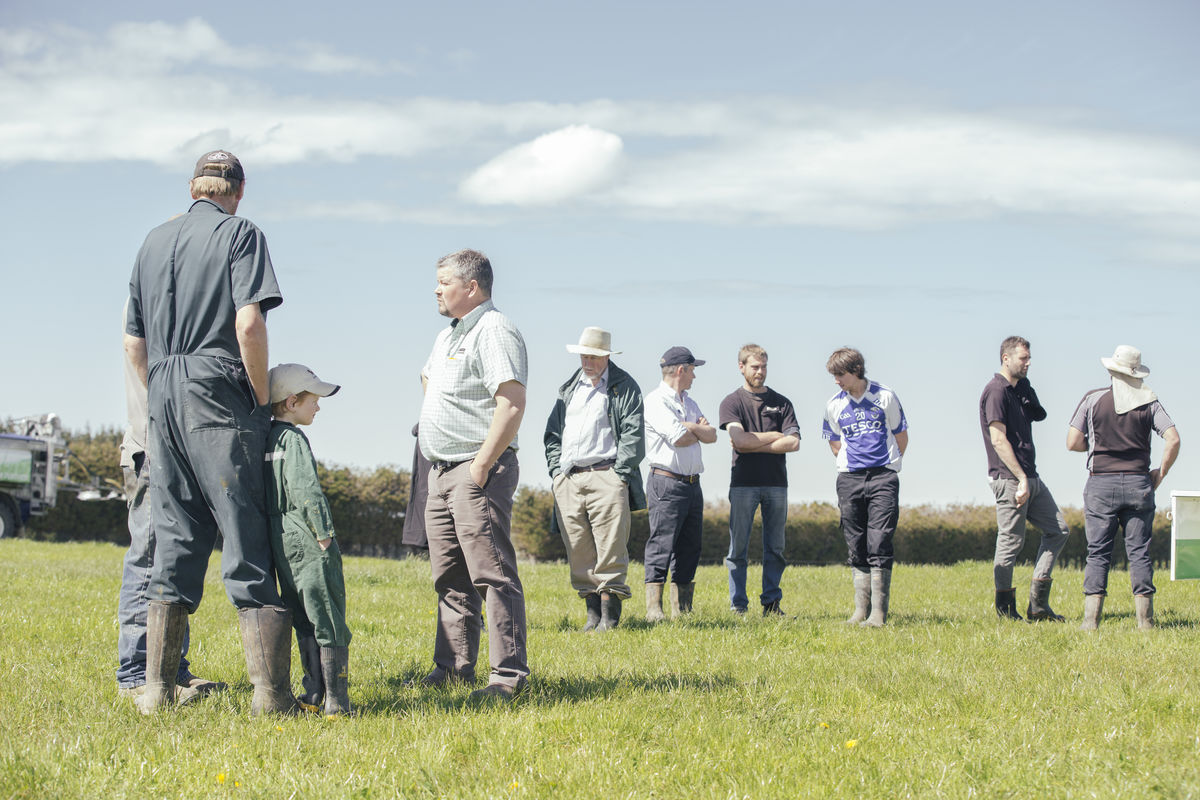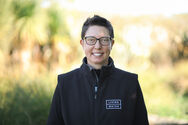
Living Water Communications Survey Results Summary – March 2021
It’s not everyday people ask you to tell them more about what you’re doing.
That’s one of the fascinating findings of the Living Water phone survey of fifty-five stakeholders conducted during the last week in January and first week in February 2021.
Those surveyed said they wanted to know more about the results of projects taking place in five catchments around New Zealand trialling methods to improve freshwater quality.
Since 2013 Living Water, a partnership between the Department of Conservation and Fonterra, has been trialling methods to improve freshwater quality in five diverse catchments all with challenging issues. From the Hikurangi in Northland, Pukorokoro-Miranda and the Peat Lakes in Waikato, Ararira-L11 River in Canterbury to the Waituna wetlands in Southland, Living Water has been working with local communities to identify tools that will improve the health of freshwater. These stakeholders were surveyed and asked for their feedback on communications.
What our stakeholders told us
- People were very satisfied (80%) with how Living Water communicated with them, which is primarily by email (82%), face-to-face meetings (62%), phone (25%) and social media (15%). The importance of face-to-face interactions was emphasised, particularly by rural stakeholders who do not have access to high-speed internet. They rely on personal contact and meetings to receive information.
- The frequency of general partnership communications, for example the quarterly newsletter, is ‘about right’ (74%). Where people wanted more frequent communications was with trials and on-going catchment projects. Almost all (94%) were interested in the outcome of the trials, though while some were interested in the science and learnings from the trials, other stakeholders wanted to know which tools were proven to work and were ‘farm-ready’.
- Though most surveyed (69%) visited the website only when required or occasionally, they rated the website as good to excellent (49%) and satisfactory (49%). Stakeholders wanted to see some changes to the layout of the website to make it easier to find the tools that are proven and ready for use on-farm or in catchments. Short videos (2-3 minutes) are popular, who also like having downloadable PDFs available to provide extra information if required. For the successful tools, stakeholders suggested a short video should be made about how it works and the benefits, supported by a ‘how to guide’ in PDF format to make it easy for farmers and landowners to use the tools.
- The survey gave stakeholders the opportunity to provide general feedback to the partnership, and many made comments on a range of issues of concern to them. One area of concern was ensuring that dairy farmers, non-dairy farmers and other landowners know about the successful tools so they can be used to improve water quality throughout New Zealand. To achieve that goal stakeholders suggested a programme of media releasing, holding open days in the catchments and attending field-days to promote the successful tools.
- Stakeholders also wanted to see greater use of Te Reo Maori and suggested bi-lingual headings on the website and providing project summaries in Te Reo Maori.
- Looking to the future people wanted to see documented the knowledge gained from partners working for a decade with a variety of stakeholders including iwi, councils, community groups and landowners. They thought the partnership approach had great value for future collaborations. Conferences, workshops, publications, and TV documentaries were all suggested as good ways to ensure knowledge was recorded and made accessible for everyone interested in improving freshwater quality.
What we’re going to do differently
We’re going to make a number of changes to our communications and engagement programme to meet our stakeholders’ expectations, starting with sending the newsletter (sent 3 times per year) to stakeholders who weren’t being sent it - sign up here!
Stakeholders want to know more about what’s happening with the trials in their catchments so we’re going to send out regular email updates on trials, and post more frequent stories, photos, vlogs and videos from the catchments on our social media channels.
If you’re not already following us on Facebook, Instagram, Twitter or LinkedIn, visit our pages to receive weekly updates.
The website is having a small though significant re-design. We’ll be separating the current ‘Tools and Solutions’ section into two distinct areas - a ‘Tools to Use’ section and a ‘Trials’ section. In the ‘Tools to Use’ section will be all the information about the farm and catchment-ready tools, each with a 1-page summary, an overview video, and a ‘how to guide’ explaining: the problem the tool addresses, how it works, the right environment to use it, the cost for installing the tool and any maintenance issues.
The ‘Trials’ section will consist of two sub-sections: ‘On-going Trials’ and ‘Completed Trials’. Once a trial is completed all the scientific research and reports will be posted to that webpage, along with a 1-page summary.
Every successful trial will lead to a new ‘Tools to Use’ page being added to the website. When trials end, we’ll send out email alerts letting stakeholders know the trial is complete and the information is available on the website. These changes should make it easier to find the relevant information whether you’re a farmer, a scientist, a community group or an advocate.
We’re going to make the main headings on the website bi-lingual, in English and Te Reo Maori after consultation with iwi on appropriate words, phrases and terminology. We’ll also be consulting with catchment iwi about which of their projects they’d like summarised in Te Reo Maori.
Stakeholders want to see Living Water have a higher media profile and greater public awareness. We’ll identify story angles and opportunities in each catchment and prepare a media releasing a campaign, with stories and photos being released to local media, national media and farming publications. We’ll post weekly updates on our social media channels and encourage followers to share posts with their networks.
Over the next few months, we’ll investigate the various ways we can document everything we’ve learnt and are learning about improving freshwater through the tools we’re trialling so it can be made accessible for future users and researchers. This will be an on-going project and we’ll report back on the options once we know what’s involved.
A final thank you!
To all of our stakeholders who participated in the phone survey, thank you for giving us your considered feedback. It’s been really valuable and is resulting in changes to the website, to the content and frequency of our communications, and how we promote the Living Water trials and tools to the wider community.
If there are other aspects of our communication programme you think we could improve, please contact us with your feedback. We welcome your comments and suggestions.
Sarah Yarrow
National Manager
